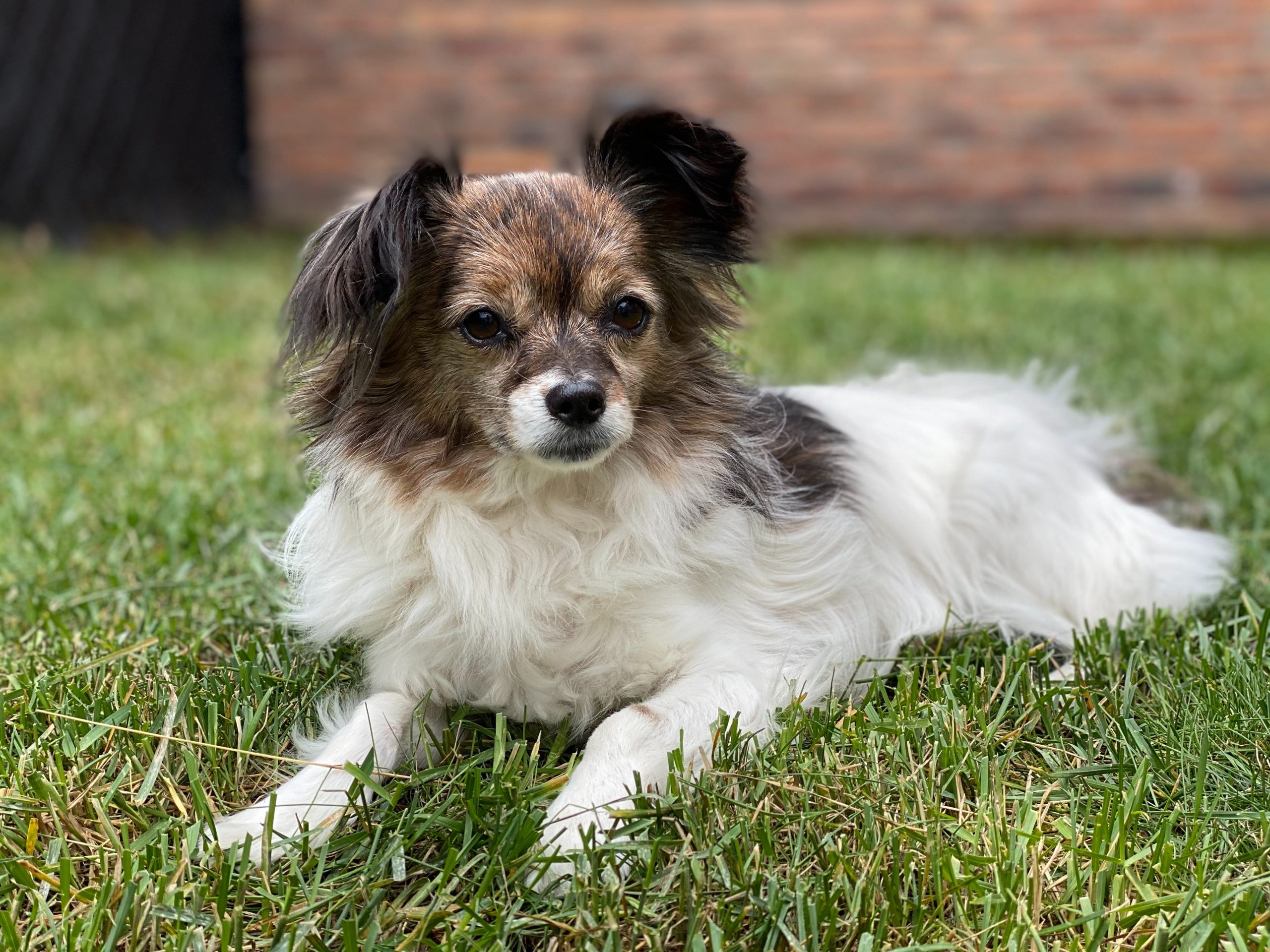
[ad_1]
The Papillon, with its distinctive butterfly-like ears and spirited personality, is a small breed that’s full of energy. While they may be petite, Papillons require a good amount of exercise to stay healthy and content. This article will explore the optimal exercise regimen for a Papillon and discuss the best types of activities for this vivacious breed.
1. Assessing Exercise Requirements for Papillons
Papillons typically need between 30 minutes to an hour of exercise each day. This can be broken down into several shorter sessions to match their energetic bursts and small stature.
2. The Role of Exercise in Papillon Health
Exercise is crucial for maintaining a Papillon’s physical health, preventing obesity, and keeping their minds active. It can also help curb potential behavioral problems that stem from pent-up energy.
3. Ideal Exercise Activities for Papillons
Papillons excel in agility and obedience training, and they enjoy play sessions that allow them to run, jump, and chase. Due to their intelligence, they also thrive on activities that challenge their minds, such as learning new tricks.
4. Understanding Papillons’ Physical Limitations
Despite their energy, it’s important to remember that Papillons are a small breed and can be prone to injury if exercise is too rough or intense. Activities should be scaled to their size and physical capabilities.
5. Mental Stimulation Through Exercise
Mental exercise is just as important as physical activity for Papillons. Puzzle toys, scent games, and interactive play sessions are essential to keep their sharp minds engaged.
6. Socialization Through Exercise
Papillons are social creatures that can benefit from interactions with other dogs during walks or playdates. This helps them develop good social habits and provides mental and physical exercise.
7. Adapting Exercise to Your Papillon’s Age
Exercise routines should be adapted as Papillons age. Puppies will require less intense but more frequent sessions, while older Papillons may need shorter, gentler exercise to accommodate any age-related physical changes.
8. Weather Considerations for Exercising Your Papillon
Papillons can be sensitive to extreme temperatures. In hot weather, they should exercise during cooler times of the day, and in cold weather, they may need a sweater or coat during walks.
9. Signs of Adequate Exercise in Papillons
A well-exercised Papillon will be alert, have a healthy appetite, and rest well. They should not display signs of anxiety or destructive behavior, which can indicate a need for more physical or mental activity.
10. Establishing a Consistent Exercise Schedule
Consistency in exercise helps Papillons know what to expect and provides structure, which is beneficial for their mental well-being. A routine that includes daily walks, playtime, and training can help manage their energy levels.
Conclusion
Papillons are delightful, energetic companions that need regular exercise to thrive. The right mix of physical activity and mental stimulation will ensure that your Papillon remains a happy, healthy, and integral part of your family. Owners should always consider the unique needs of their Papillon when planning their exercise routines and consult with a veterinarian for personalized advice.
Frequently Asked Questions About Exercising A Papillon
1. How much exercise does a Papillon need?
A Papillon needs about 30 minutes to an hour of exercise each day, divided into shorter sessions. They have high energy levels for a small breed and require a mix of physical activity and mental stimulation to stay healthy.
2. What are the best types of exercise for Papillons?
Papillons enjoy a variety of activities such as brisk walks, playtime with toys, agility training, and interactive games that challenge their intelligence. These exercises utilize their natural agility and mental acuity without being too strenuous.
3. Can Papillons participate in dog sports?
Yes, Papillons excel in dog sports like agility and obedience due to their high energy levels and eagerness to learn. These activities are excellent for providing the physical and mental stimulation they need.
4. Is it safe for Papillons to play with larger dogs?
While Papillons can be social with larger dogs, play should always be supervised to prevent accidental injury due to their small size. It’s important that play with larger breeds is gentle and controlled.
5. How do I know if my Papillon is getting enough exercise?
A Papillon getting enough exercise will display a calm demeanor at home, maintain a healthy weight, and show enthusiasm for active play. A lack of sufficient exercise may result in destructive behavior or anxiety.
6. Are Papillons good jogging partners?
Papillons may keep up with jogging for short distances, but due to their small size, they are better suited to brisk walks and playful sprinting in a safe, enclosed area. Long-distance running is not ideal for their little legs.
7. How can I provide mental stimulation for my Papillon during exercise?
Incorporate training exercises into their routine, such as teaching new tricks or commands during walks. Puzzle toys that dispense treats are also a good way to engage their mind during physical activity.
8. What precautions should I take when exercising my Papillon in the heat?
In hot weather, exercise your Papillon in the early morning or late evening when temperatures are cooler. Provide plenty of water, avoid hot surfaces that could burn their paws, and never overexert them as they can overheat quickly.
9. Do Papillons enjoy water and swimming?
Some Papillons may enjoy water and can be good swimmers, but others may not be comfortable with it. Always introduce them to water gradually, supervise closely, and never force them if they’re reluctant.
10. How should I adjust exercise routines for a senior Papillon?
Senior Papillons still need regular exercise but in a gentler form. Shorter walks and less intense play sessions are suitable for their older joints, and cognitive exercises should continue to keep their minds sharp.
[ad_2]
Source link


Leave a Reply